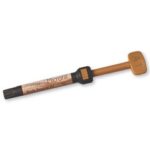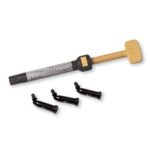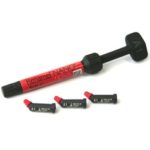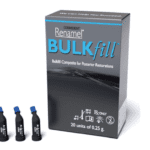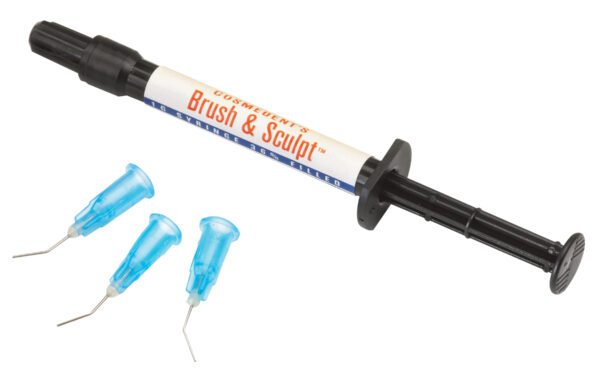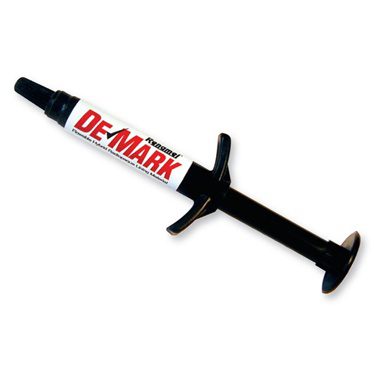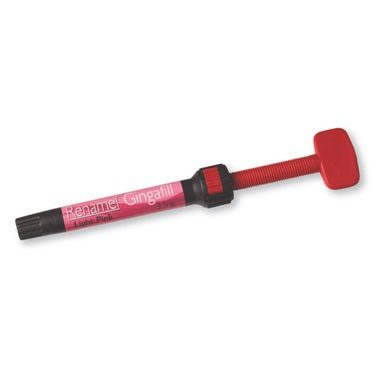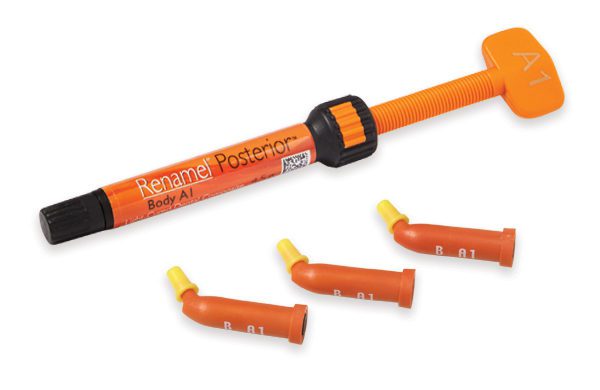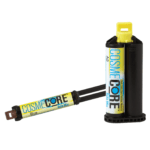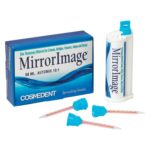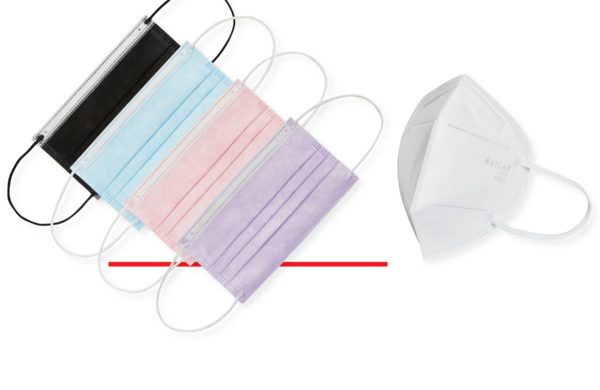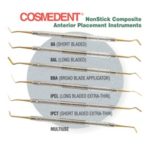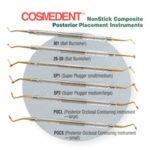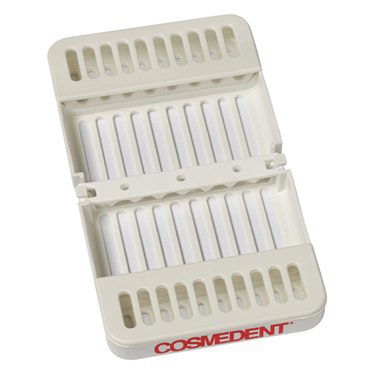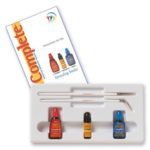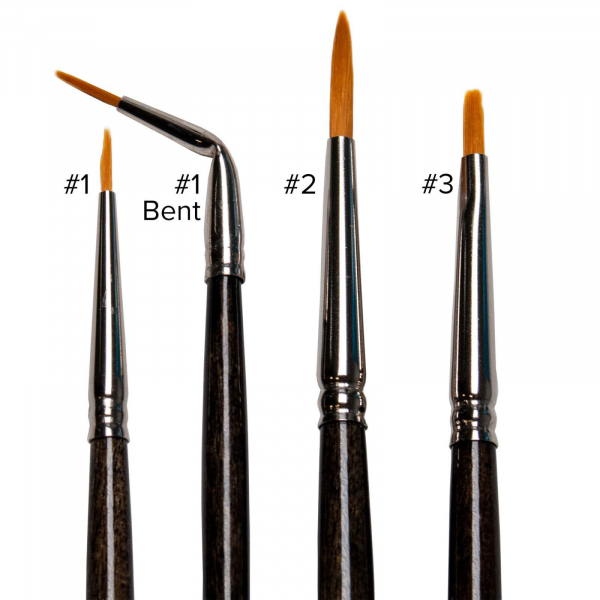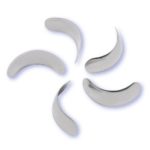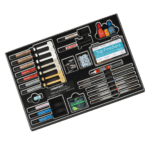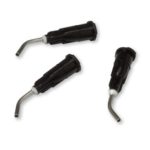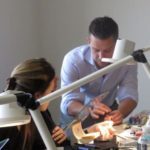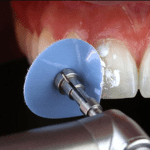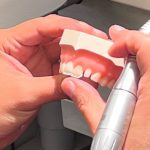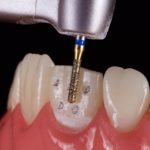- Composites
-
-
Composites
Dental Composite materials for direct anterior and posterior composite bonding.
-
-
-
-
Continuing Education: Get the most from our Composite products by taking one of our Continuing Education Courses. View Courses
-
-
- Finishing & Polishing
-
-
Finishing & Polishing
Finishing and polishing materials for composites, porcelain, metal, gold and natural teeth.
-
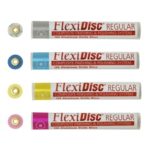 FlexiDisc Dental Polishing Discs
FlexiDisc Dental Polishing Discs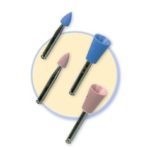 Dental Polishing Cups, Burs & Points
Dental Polishing Cups, Burs & Points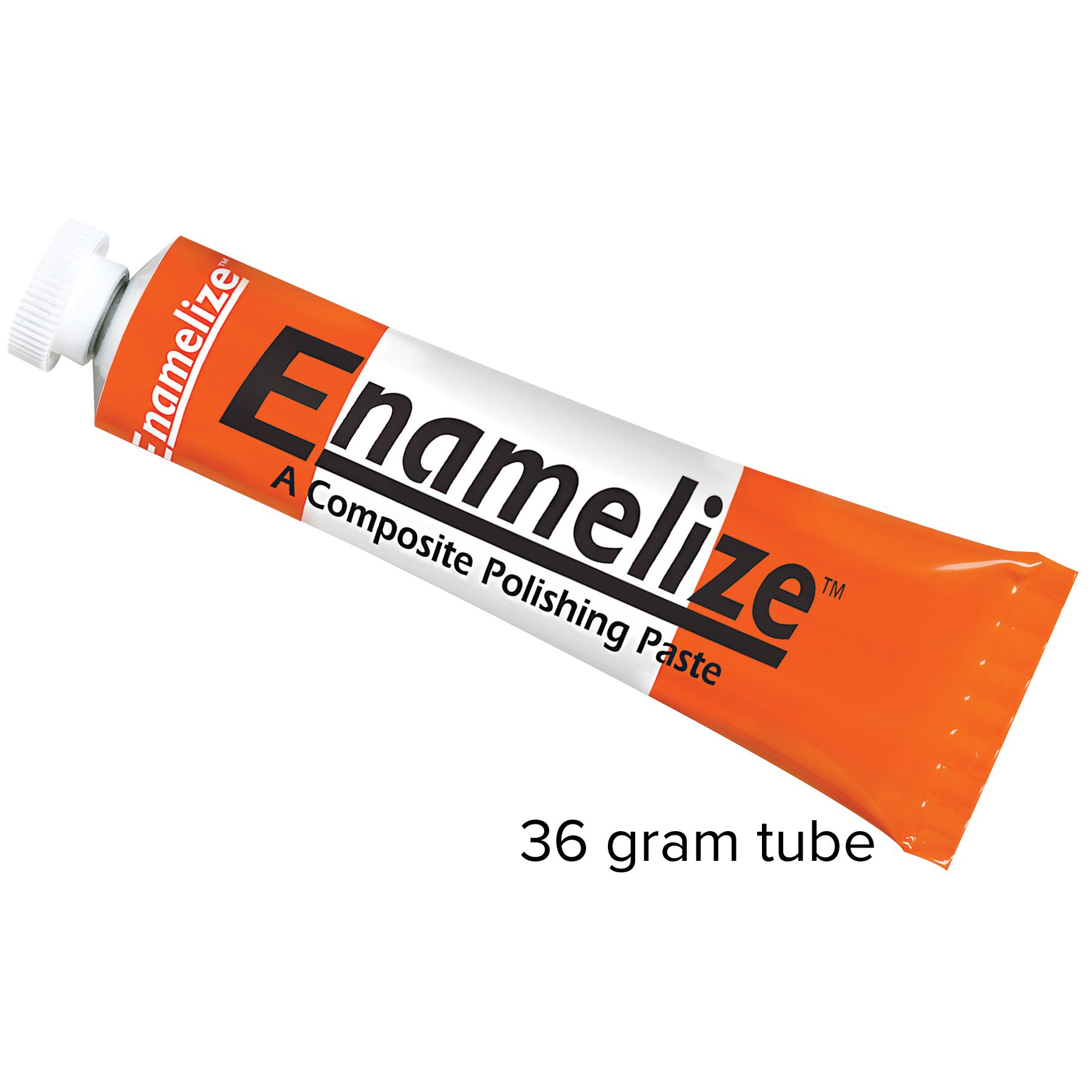 Enamelize Dental Polishing Paste
Enamelize Dental Polishing Paste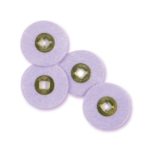 FlexiBuffs
FlexiBuffs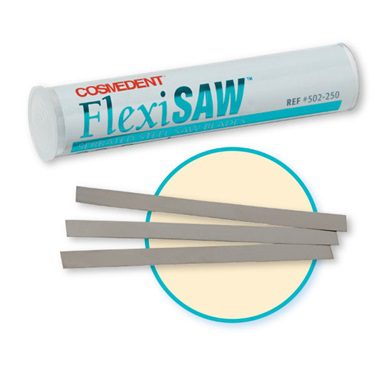 FlexiSAW
FlexiSAW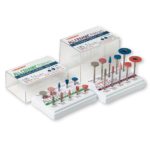 All Ceramic Polisher
All Ceramic Polisher FlexiStrips Dental Polishing Strips
FlexiStrips Dental Polishing Strips FlexiDiamond Strips
FlexiDiamond Strips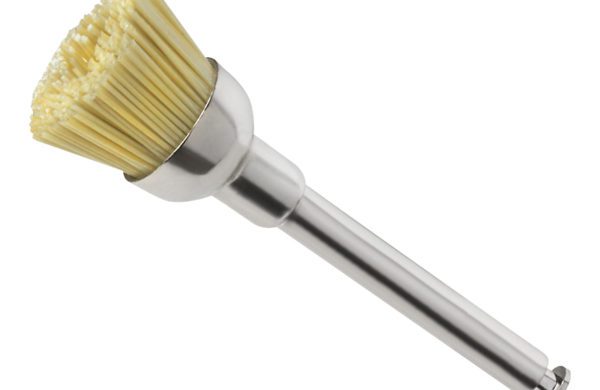 FlexiBrush Dental Polishing Brush
FlexiBrush Dental Polishing Brush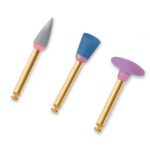 NANO / Microhybrid Diamond Polishers
NANO / Microhybrid Diamond Polishers Porcelize - Porcelain Polishing & Finishing Paste
Porcelize - Porcelain Polishing & Finishing Paste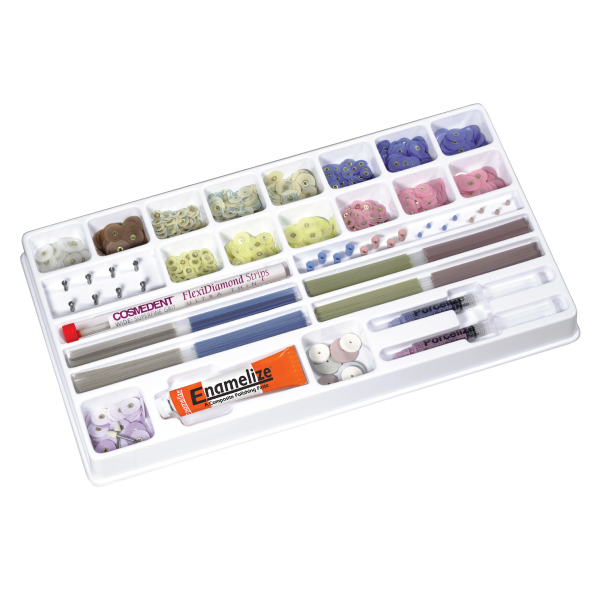 Top Finisher System
Top Finisher System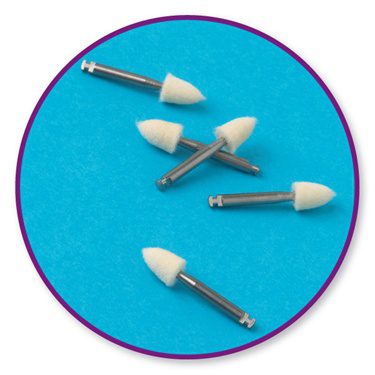 Felt FlexiPoints
Felt FlexiPoints
-
-
-
-
Continuing Education: Get the most from our Composite products by taking one of our Continuing Education Courses. View Courses
-
-
- Core & Temp
-
-
-
Continuing Education: Get the most from our Composite products by taking one of our Continuing Education Courses. View Courses
-
- Resin Cement
-
-
-
Resin Cements
-
-
-
-
-
-
Continuing Education: Get the most from our Composite products by taking one of our Continuing Education Courses. View Courses
-
-
-
- Accessories
-
-
Accessory Products
Complete your esthetic dentistry toolkit with these helpful accessories.
-
-
-
-
Continuing Education: Get the most from our Composite products by taking one of our Continuing Education Courses. View Courses
-
-
- Education
-
-
Continuing Education
Learn all of the composite dentistry that you may be missing in your practice and how doing more of it can benefit you financially and professionally.
-
-
Direct Composite Veneers
Learn how to create beautiful, long-lasting direct composite veneers and transform smiles in a minimally invasive way in this hour-long webinar with Dr. Klécio Alves.
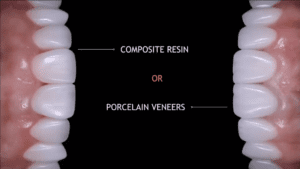 The Presenter: Dr. Klécio de Andrade Alves DDS, UFPE, SOEPE
The Presenter: Dr. Klécio de Andrade Alves DDS, UFPE, SOEPE
Dr. Alves practices in Brazil where he is a member of the Brazilian Society of Aesthetic Dentistry. Dr. Alves completed a master’s degree in Dentistry and specializes in Implantology and Prosthodontics, with postgraduate courses in Periodontics and Occlusion. In addition to clinical practice, Dr. Alves travels throughout Brazil teaching immersion courses in composite resins.
Overview: Best Practices for Providing Direct Composite Veneers
Veneers have numerous applications for improving the appearance of teeth. Though Dr. Alves uses both porcelain and composite veneers in his practice, he explains that he chooses direct composite veneers for the majority of his patients due to their ability to transform smiles in a less expensive, minimally invasive way. Composite veneers require only additions to the teeth and no additional preparation. Patients are also pleased with how quickly the treatment is completed, transforming smiles in just one or two appointments.
In this webinar, Dr. Alves demonstrates best practices for assessing morphology and achieving a natural looking result with veneers. You will also learn:
- Advantages of composite veneers compared to other solutions
- Factors for ensuring longevity of the veneers
- Morphological considerations
- Materials needed
- Best practices for placement and polishing
Advantages of composite veneers
Dr. Alves notes that, while porcelain veneers are indicated in certain cases, many times the appearance of smiles can be improved with composite veneers, which provide several advantages:
- Minimally invasive treatment. No trimming or prepping of teeth is required.
- Fast treatment time. Veneers are often completed in one to two treatments, and do not require temporary veneers during the treatment process.
- Low cost. This is due to materials used, less prep, faster treatment completion, etc.
- Excellent aesthetics. With proper application, attractive, natural-looking results are possible.
- Great longevity. Composite resin veneers can last 10-15 years.
- Easy repair. Composite veneers can be repaired at any point following treatment.
Example cases span a simple repair of central incisors, to closing a diastema, to full mouth rehabilitation.
Important Factors for the Longevity of Direct Composite Veneers
While direct composite veneers last a long time for patients, Dr. Alves reviews four factors (and corresponding best practices) that contribute to improving the longevity of restorations: adhesion, occlusion, light curing, and polishing.
Adhesion. Careful etching of the tooth surface and strong adhesion are vital to the longevity of composite veneers.
Occlusion. The importance of occlusion is demonstrated through a case study including before and after results where the patient’s occlusion was causing previous restorations to fail. Correcting issues with occlusion at the canine helped restore proper movement to protect the posterior and anterior teeth, contributing to the longevity of the restoration while producing an aesthetic result.
Light curing. Adequate light curing with a high-quality curing device is vital to adhesion, reducing post-operative sensitivity, stabilizing color, and ensuring the overall strength of the restoration.
Polishing. Polishing contributes to the overall look of the veneers as well as longevity. Polishing tools and sequencing recommended for direct composite veneers include: FlexiDiscs, blue FlexiCups, pink FlexiCups, and then FlexiBuff.
Achieving a Natural-Looking Smile
Morphology and Texture
To practice the effective application of composite resin veneers and achieve natural-looking smiles, it’s important to spend time studying dental morphology, including transitional line angles, incisor line angles, and embrasures. Also important are the areas of the affected teeth where light is reflected and deflected. Identifying and replicating these natural morphological factors in the restoration is key to producing optimal results.
Similarly, close attention to the texture and development grooves of the patient’s teeth helps ensure natural-looking composite veneers. Younger teeth tend to have more texture, while older teeth have less; assessing the patient’s age and texture of other teeth is helpful.
Dr. Alves walks through several case studies to demonstrate these morphological references and attention to tooth texture.
Planning and Patient Approval
The patient’s satisfaction with the treatment result is, of course, a key factor in any cosmetic restoration. Based on the evaluation of morphology and texture prior to treatment, Dr. Alves makes a digital wax-up as well as a 3D printed model of the proposed restorations as he is developing the treatment plan. He places the 3D model in the patient’s mouth so they can get a preview of the size and shape of their teeth after treatment.
Using a digital wax-up image and 3D model means there will be no surprises: The patient can review exactly how the veneers will look and approve the project before treatment begins.
Materials Used for Applying Composite Veneers
Products used throughout these case studies to achieve natural-looking restorations using composite veneers are listed below. Dr. Alves demonstrates how each is used to refine the shape, anatomical details, color gradation, shine, and translucence in the restored teeth.
- Palatal silicon guide
- Acid etching agent
- Teflon tape or mylar strip to protect adjacent teeth
- Renamel Microhybrid
- IPCT composite instrument
- Renamel Microfill b-zero
- Brasseler F888 burr
- Blue FlexiPoint
- Blue and pink FlexiCup
- FlexiBuff
- Enamelize Composite Polishing Paste
Direct Composite Veneers: Clinical Case Studies
Throughout the webinar, Dr. Alves demonstrates several case studies and explains his methods for restoration with attention to providing natural-looking results. Most cases are completed without any preparation required for the teeth. These cases include:
- Increasing the length of teeth
- Increasing the width of teeth
- Refining the color of teeth
- A severe case where preparation of the teeth is required
- Replacing and improving existing veneers
The Direct Composite Veneers webinar also includes a Q&A with the audience.
